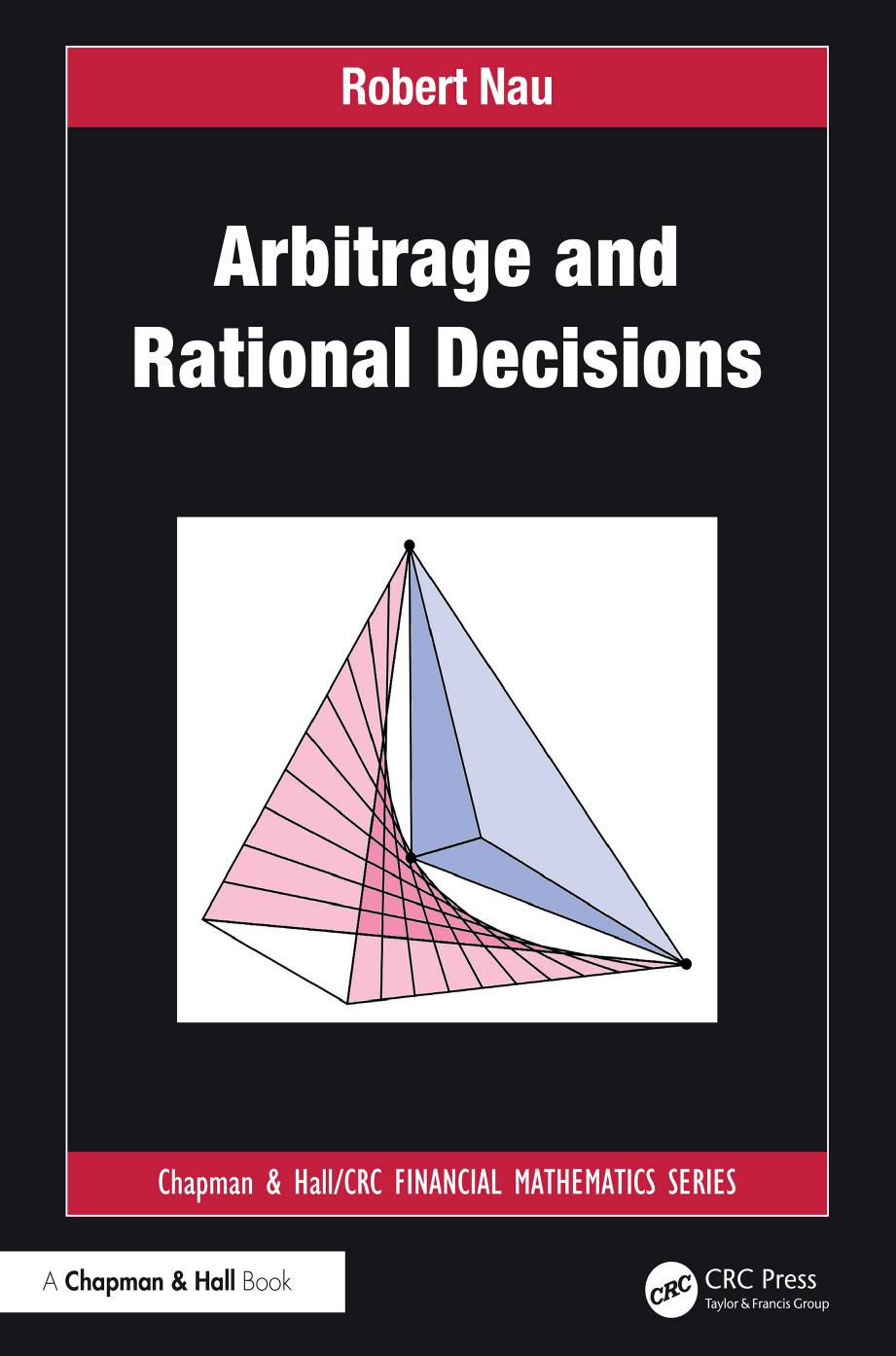

Most ebook files are in PDF format, so you can easily read them using various software such as Foxit Reader or directly on the Google Chrome browser.
Some ebook files are released by publishers in other formats such as .awz, .mobi, .epub, .fb2, etc. You may need to install specific software to read these formats on mobile/PC, such as Calibre.
Please read the tutorial at this link: https://ebookbell.com/faq
We offer FREE conversion to the popular formats you request; however, this may take some time. Therefore, right after payment, please email us, and we will try to provide the service as quickly as possible.
For some exceptional file formats or broken links (if any), please refrain from opening any disputes. Instead, email us first, and we will try to assist within a maximum of 6 hours.
EbookBell Team

4.1
90 reviewsBoth those who work in the finance area and those who work in decision theory more broadly will be interested to find that basic tools from finance (arbitrage pricing and risk-neutral probabilities) have broader applications, including the modeling of subjective probability and expected utility, incomplete preferences, inseparable probabilities and utilities, nonexpected utility, ambiguity, noncooperative games, and social choice. Key results in all these areas can be derived from a single principle and essentially the same mathematics.
A number of insights emerge from this approach. One is that the presence of money (or not) is hugely important for modeling decision behavior in quantitative terms and for dealing with issues of common knowledge of numerical parameters of a situation. Another is that beliefs (probabilities) do not need to be uniquely separated from tastes (utilities) for the modeling of phenomena such as aversion to uncertainty and ambiguity. Another over-arching issue is that probabilities and utilities are always to some extent indeterminate, but this does not create problems for the arbitrage-based theories.
One of the book’s key contributions is to show how noncooperative game theory can be directly unified with Bayesian decision theory and financial market theory without introducing separate assumptions about strategic rationality. This leads to the conclusion that correlated equilibrium rather than Nash equilibrium is the fundamental
…